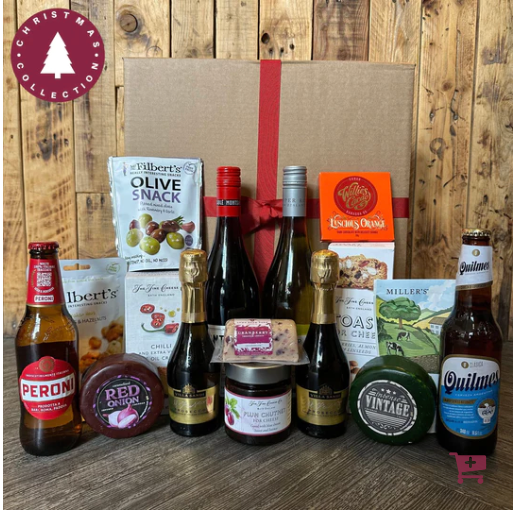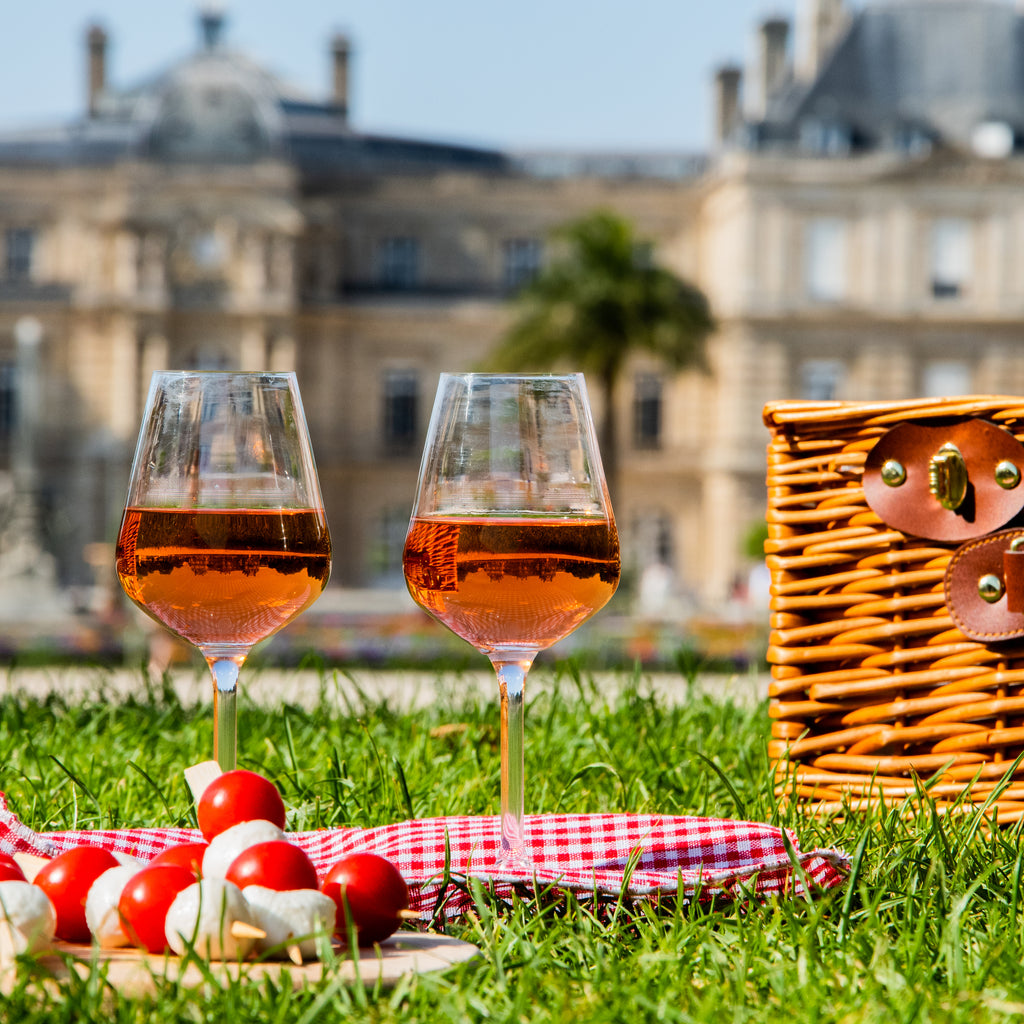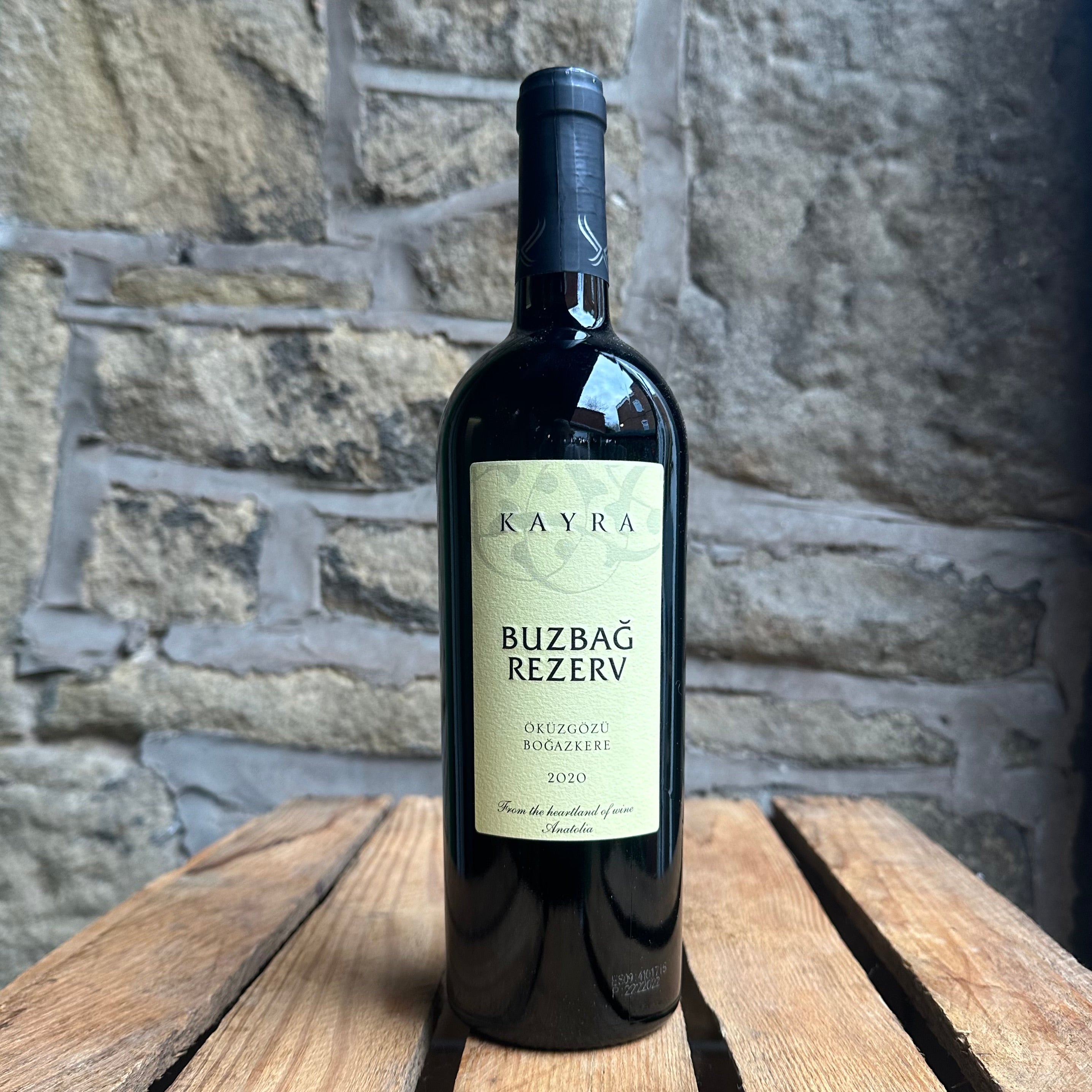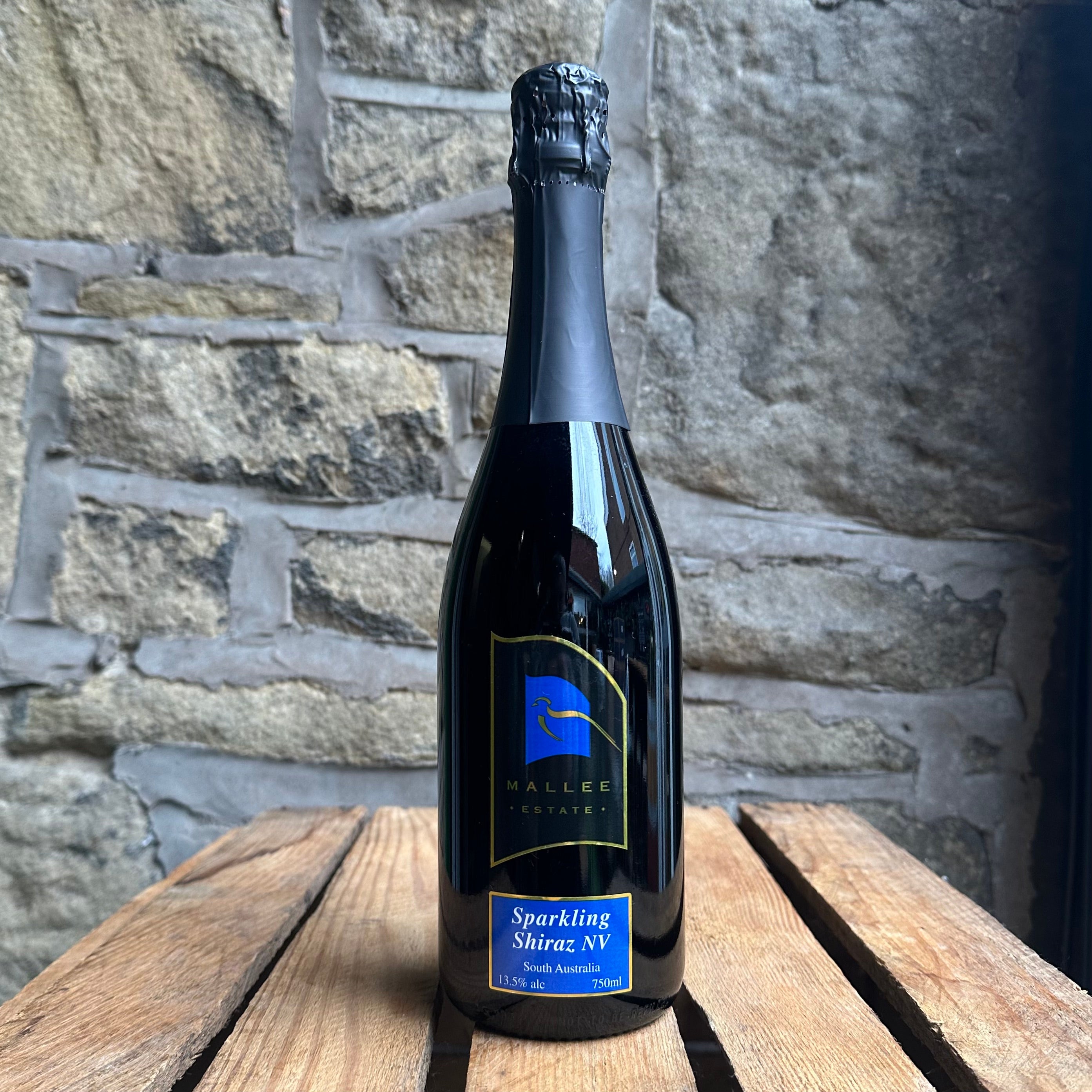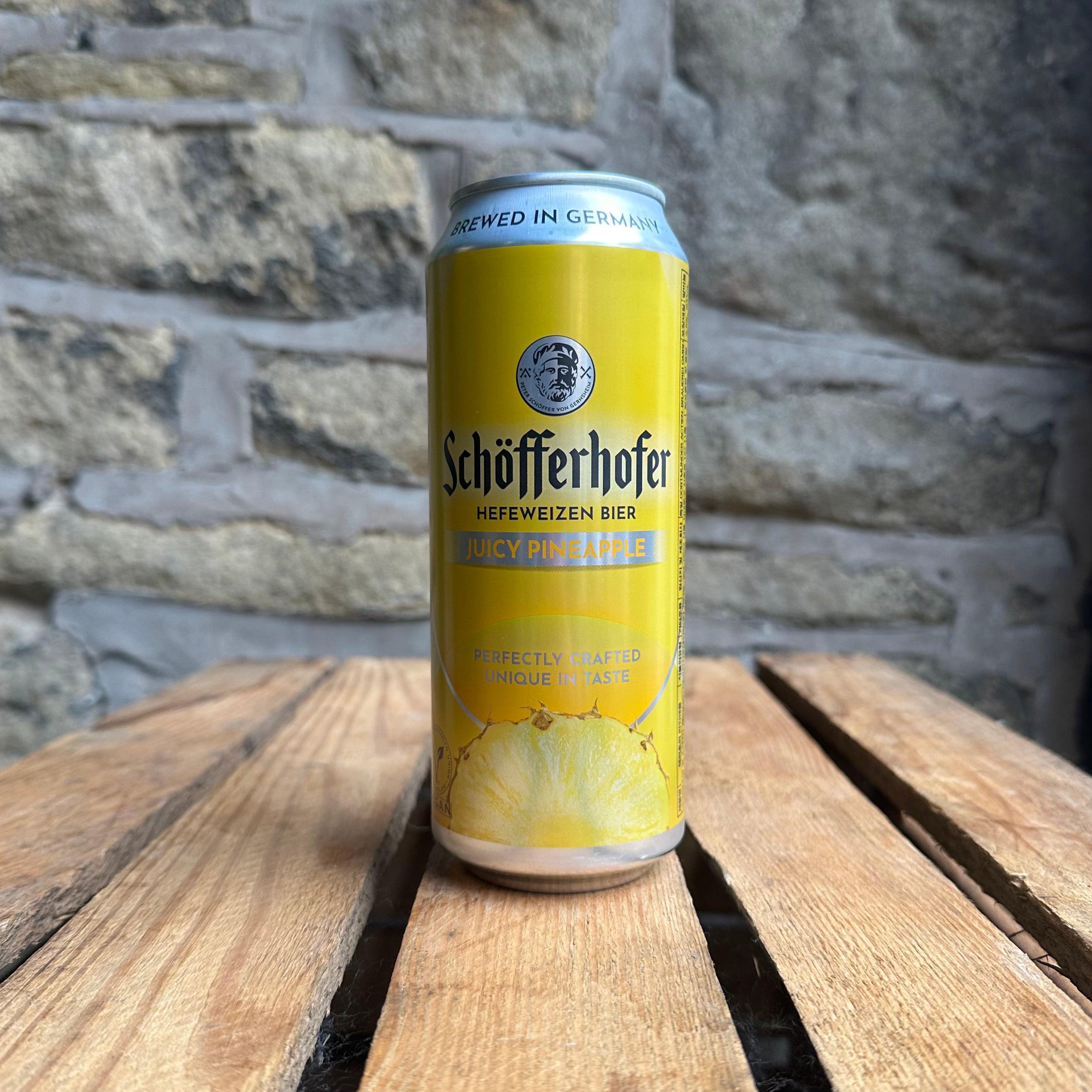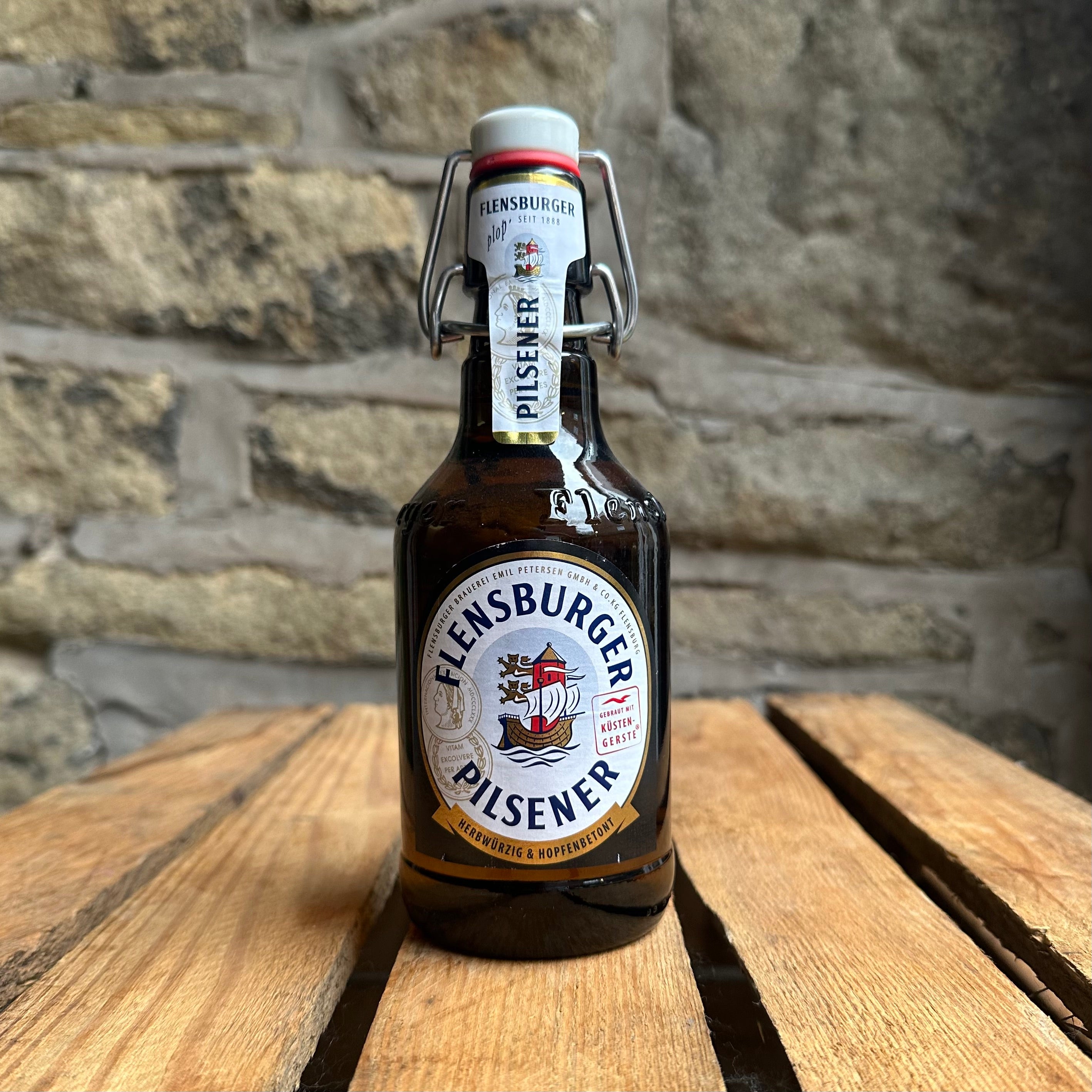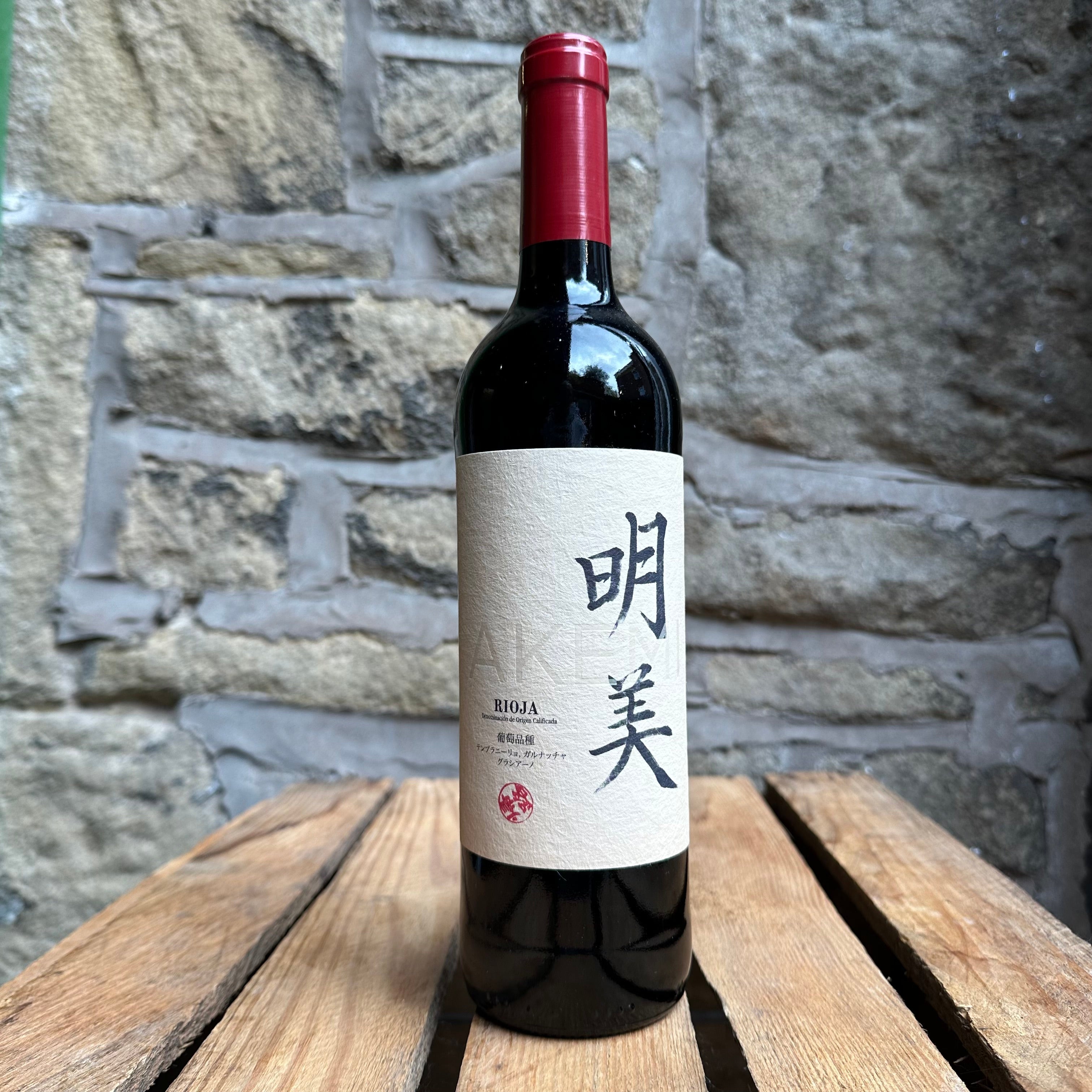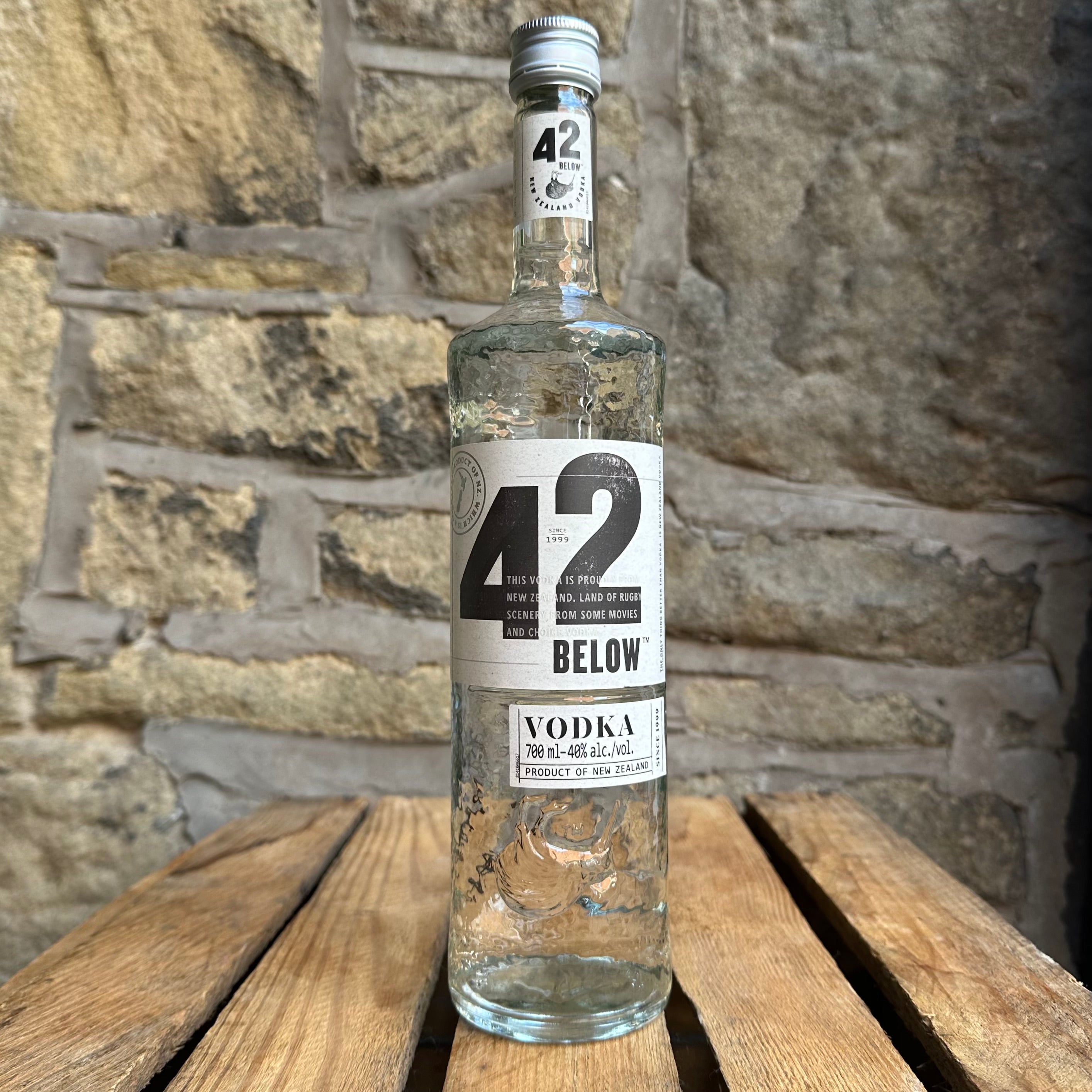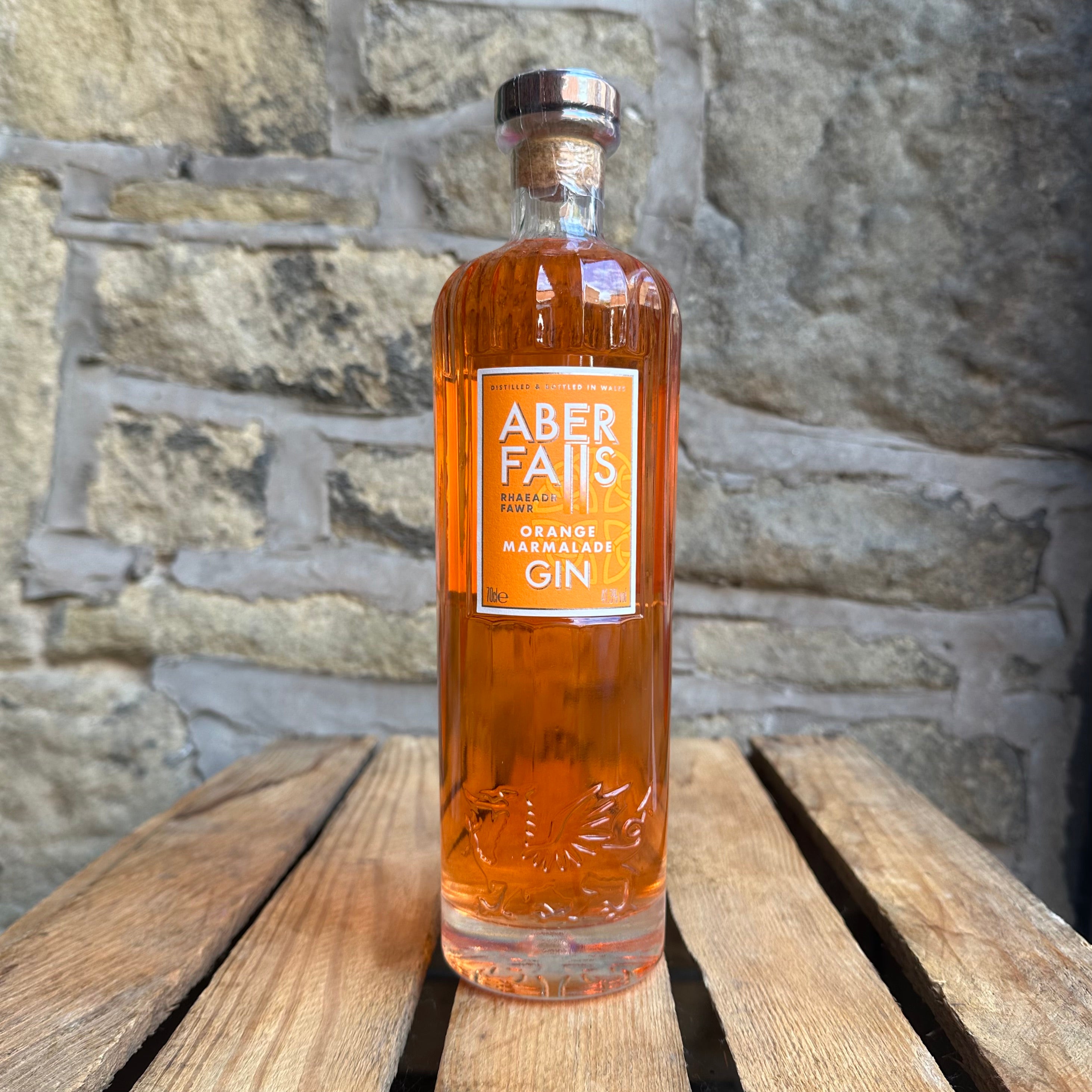
Celebrating Chablis

This famed white wine from Burgundy (Bourgogne) is a truly unique presentation of the Chardonnay grape. This uniqueness comes from a combination of the Chablis AOC semi-continental climate and seabed subsoils that are 150 million years old. We look more closely at how these create this steely wine, and the range of Chablis types from Petit Chablis all the way to Grand Cru.
Chablis is loved for its typically pure, crisp, elegant and mineral profile. Layered notes vary dependent on type and producer, but usually include citrus fruits and pear, with Premier and Grand Cru wines often displaying tropical fruit and honey notes, sometimes with a subtle side of stewed orchard fruit. Throughout it all, the elegance and flinty freshness is always present to create perfect balance.
Image from: https://www.chablis-wines.com/
Although part of Burgundy, the Chablis AOC is situated at the northernmost tip and is actually nearer to the cooler Champagne region. The semi-continental climes are a double-edged sword, with good sun during the summer but winter frosts that can be harsh for vines. Viticulturists have well honed methods to keep crops healthy throughout the year and it certainly pays off.
Chardonnay is known for its versatility and ability to reflect its terroir. It also adores the unique soils of Chablis of which there are two main types; Kimmeridge Clay from the Cretaceous period and Portlandian. Both are mixes of limestone, Marl clay, gravel and sand that provide excellent "steely" minerality to the wine produced. The Kimmeridge Clay has the added layer of Jurassic limestone with Cretaceous period seabed and fossils over 150 million years old. It is commonplace for fossilised sea remains to lie just beneath the surface! The best soils are reserved for Grand Cru and Premier Cru vineyards, although the quality of other soils is still of such quality that they produce undeniably fresh Chablis AOC and Petit Chablis wines.
Viticulture is documented in the Chablis region since the 11th Century with Cistercian monks planting vines along the riverside slopes of Sereine river valley. It is these first slopes that hold the vineyards of one of our favourite winemakers, Domaine Louis Michel et Fils, run by the Michel family since 1850 with premium vines averaging 45 years of age. They create all types of Chablis wine including 3 prestigious Grand Crus and 7 Premier Crus. They keep human intervention to the minimal in vineyards and only age wine in stainless steel to retain their ethos of finesse and purity. Their most famous, the Grand Cru Grenouilles, reveals aromatic notes of spring meadow flowers, stone fruit and kiwi with a wonderfully intense, classically austere character. Packed with intensely detailed fruit right through to the long, steely finish. Their Premier Cru Montmain shows a pronounced, vibrant nose of citrus and floral aromas with hints of brioche. Full of mineral flavours alongside zippy citrus and green apple character.
The first Chablis wine is documented in the 12th Century and location near the Parisien River Seine saw lots of imports to the city and a vast expansion of vineyards by the 19th Century. The region was devastated, along with much of Europe, by the Phylloxera outbreak at the end of the 19th Century. Minimal recovery took over two decades and vineyard coverage was still massively reduced to only 500 hectares by the 1950's, even though Chablis AOC was officially established in beforehand in 1938.
The Chardonnay boom in the late 20th century was a saving grace. Whilst many countries were inundated with oaked (and often over-oaked) wines, Chablis was rediscovered by a wealth of wine lovers and by 2004 there over 4000 hectares of vineyards. This now stands at 5,500 hectares with the ability to grow further within the AOC area. This increase has not meant a diminishment in quality. It has, in fact, created more diversity amongst Chablis wines whilst still keeping within strict regulations. As is often the case, the further premium one goes with Chablis, the stricter the regulations, but all areas adhere to their quality marks. For instance, a Grand Cru must have grapes selected with a potential alcohol of 11%, a Premier Cru 10.5%, and a Chablis AOC 9.5%.
La Meuliere are a good example of good quality across the range, producing Petit, AOC and Premier Cru wines. The family has been active in wine-making since 1780, with La Meuliere established in 1984. Now run by 6th generation winemakers Nicolas and Vincent Laroche, their core ethos is around sustainable cultivation, hand harvesting and natural wine-making methods within their stunning 13th Century cellar in Fleys. La Meuliere's great value Premier Cru uses their best grapes for an expressive bouquet of delicate floral and fruit aromas with refined minerality. The mineral aspect is dominant on the palate, but is balanced by typical fresh citrus fruit, floral notes and a satisfying firmness in the mouth. Their Chablis AOC brings classic aromas of grapefruit, ripe white fruit and flowers, whilst the refreshing palate shows concentrated flavours of ripe, slightly buttery apple fruits with a clean, fresh, mouth watering finish. Their youthful Petit Chablis is a good introduction to the Chablis world, with full flinty freshness and crisp green apple.
The Grand Cru vineyards, of which there are only 7, are exclusively on the sunnier right bank slopes of the Serein valley. The left bank, and further, hold 40 named Premier Cru vineyards with a further 30 unnamed plots also classed as Premier Cru. Most of the region's vineyards area holds Chablis AOC designated plots, whilst further outlying areas are have been classified for Petit Chablis.
The vast majority of Chablis wine is unoaked to enhance the mineral freshness, although a handful of Grand Cru winemakers are experimenting with subtle oaking to enhance depth whilst retaining freshness. One may be mistaken for thinking that Chablis wines are best drunk in youth, but it is far from the case for many. Grand and Premier Crus can bottle age for 10 to 15 years, whilst Chablis AOC wines can age anywhere from 2 to 6 years.

